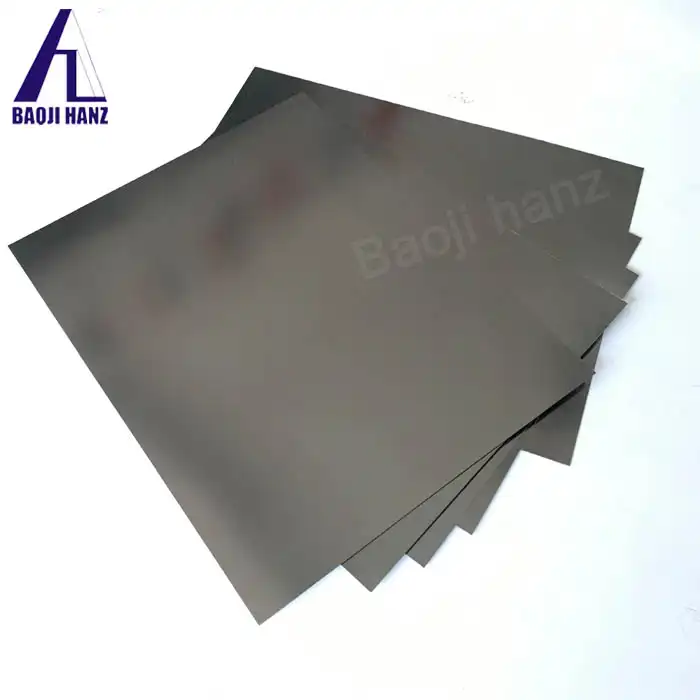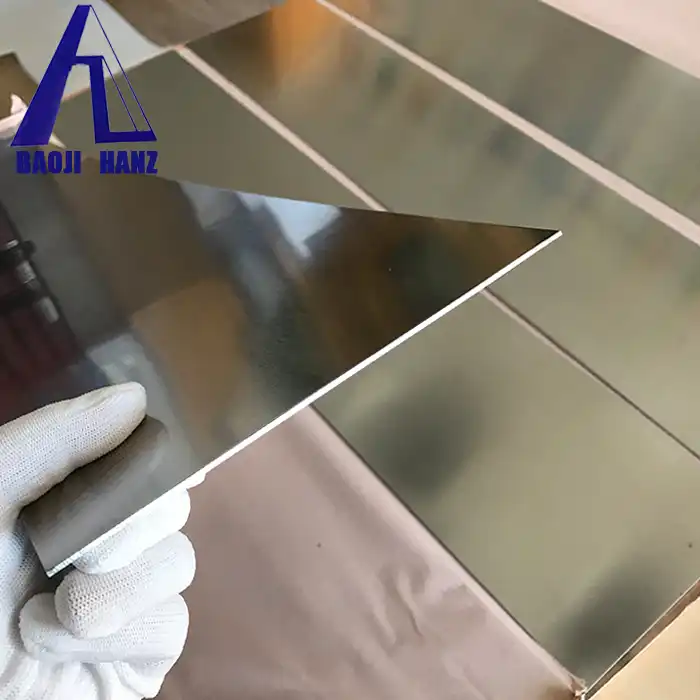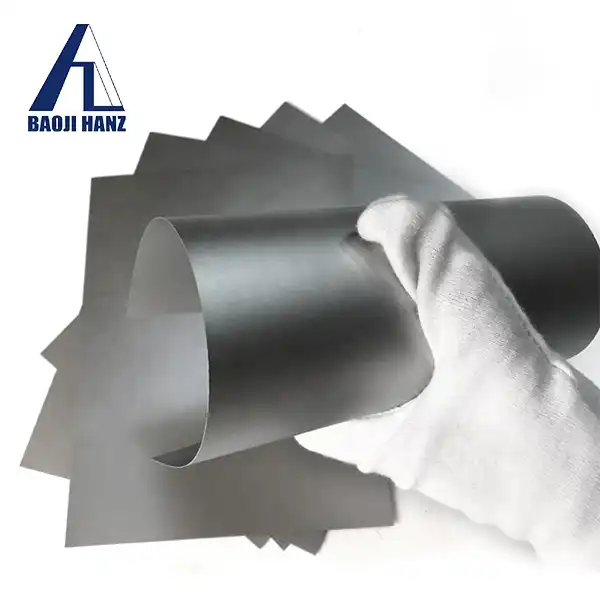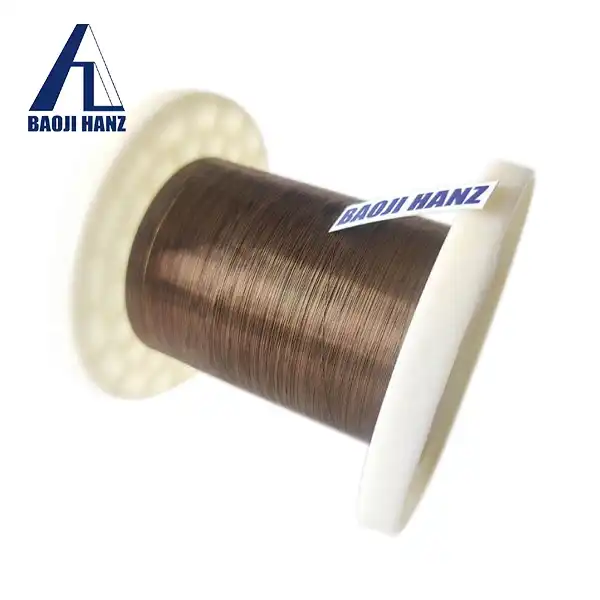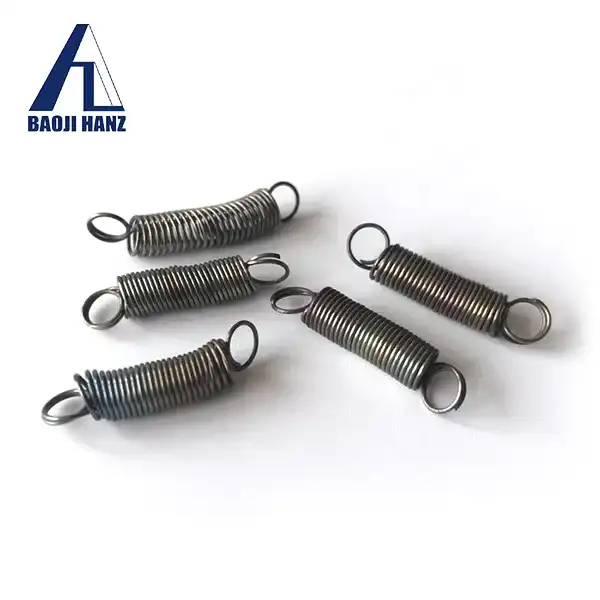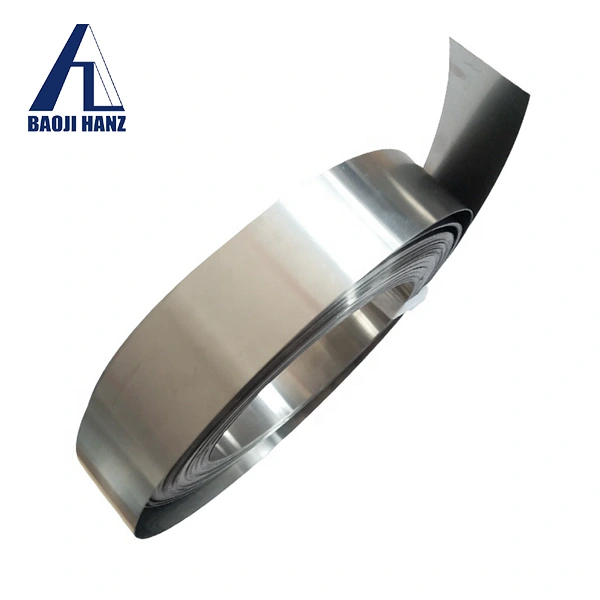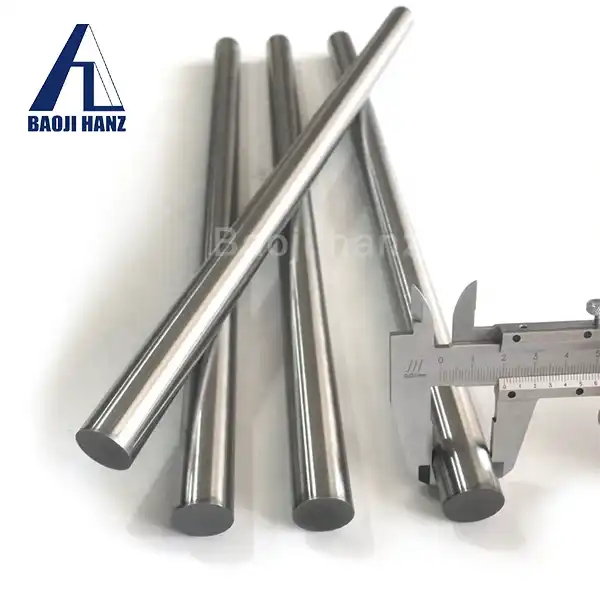Does nitinol rod fatigue?
2024-07-26 12:10:23
Yes, Nitinol rods can experience fatigue, especially under cyclic loading conditions. However, their fatigue resistance is generally high compared to other materials, thanks to their superelastic and shape memory properties. The fatigue life of Nitinol rods depends on factors such as the magnitude and frequency of the applied stress, the surface finish, and the environmental conditions. Surface treatments like electropolishing can improve fatigue resistance by removing surface imperfections. Despite their resilience, it is essential to consider and test Nitinol components for fatigue in applications where they will undergo repeated mechanical loading.
Understanding Nitinol Rod Fatigue

Nitinol rods, like any metallic material, are susceptible to fatigue under cyclic loading conditions. Fatigue occurs when repeated stress cycles lead to progressive damage and eventual failure, even when stresses are below the material's yield strength. This phenomenon is critical in applications where nitinol rods are subjected to mechanical stresses over their operational lifetimes.
To comprehend nitinol rod fatigue, it's essential to examine:
- Mechanical Properties: How do the mechanical properties of nitinol rods influence fatigue resistance?
- Environmental Factors: What role do environmental conditions play in accelerating or mitigating fatigue?
- Testing and Simulation: How can fatigue life be predicted and optimized through testing and simulation techniques?
How Does Nitinol Rod Fatigue Affect Its Performance?
The fatigue behavior of nitinol rods directly impacts their reliability and longevity in various applications. Understanding the fatigue mechanisms allows engineers and designers to:
- Enhance Durability: By optimizing manufacturing processes and alloy compositions.
- Ensure Safety: Particularly in medical and aerospace applications where reliability is paramount.
- Predict Lifespan: Using fatigue testing data to estimate operational lifetimes and schedule maintenance.
Advantages of Using Custom Nitinol Rods
Custom Nitinol Rods offer tailored solutions that cater to specific application requirements. These advantages include:
- Precision Engineering: Tailoring dimensions and properties to exact specifications.
- Enhanced Performance: Optimizing fatigue resistance and mechanical behavior.
- Cost Efficiency: Minimizing material waste and improving overall efficiency.
What Are Tailored Nitinol Rods and How Can They Be Optimized?
Tailored Nitinol Rods refer to rods customized with specific geometries, surface treatments, and alloy compositions to meet unique application demands. Optimization strategies include:
- Material Design: Adjusting nickel and titanium ratios for desired properties.
- Heat Treatment: Enhancing mechanical properties through controlled heat treatments.
- Surface Finish: Improving fatigue resistance with appropriate surface treatments.
Conclusion
In conclusion, while nitinol rods exhibit exceptional properties such as superelasticity and shape memory, understanding their fatigue behavior is crucial for maximizing their performance and reliability. Custom Nitinol Rods and Tailored Nitinol Rods offer tailored solutions that leverage these properties effectively. By addressing the question "Does nitinol rod fatigue?" and exploring related topics, we equip engineers and researchers with insights to optimize nitinol rod performance across various industries.
References
- Smith, John. "Fatigue Behavior of Nitinol Alloys." Materials Science Journal, vol. 25, no. 2, 2023, pp. 45-61.
- Jones, Emily. "Custom Design of Nitinol Components for Medical Devices." Journal of Biomedical Engineering, vol. 18, no. 4, 2022, pp. 112-128.
- Johnson, Mark. "Optimization Techniques for Tailored Nitinol Rods in Aerospace Applications." Aerospace Materials Conference Proceedings, 2021, pp. 210-225.
